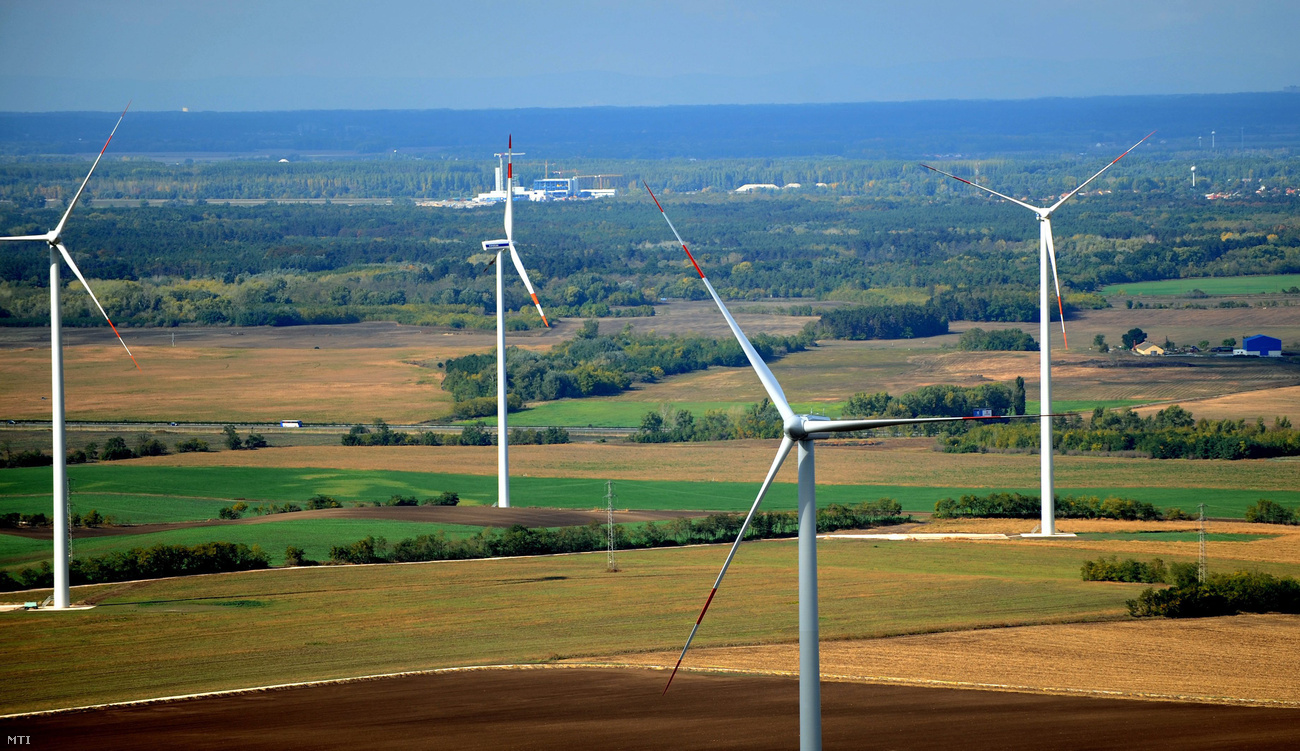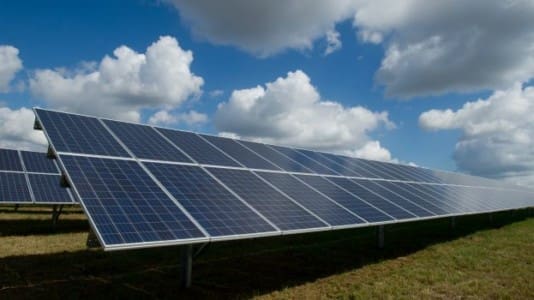Green inflation, also known as “greenflation”, a phenomenon supposedly caused by the rising price of traditional metals used in green technologies, is merely a myth, Hungarian Central Bank governor György Matolcsy wrote in his response to a Financial Times article.
In the original article, Ruchir Sharma, Head of Emerging Markets and Chief Global Strategist at Morgan Stanley Investment Management, argues that “the world faces a growing paradox in the campaign to contain climate change. The harder it pushes the transition to a greener economy, the more expensive the campaign becomes, and the less likely it is to achieve the aim of limiting the worst effects of global warming.”
He posits that “the unintended result is ‘greenflation’: rising prices for metals and minerals such as copper, aluminum, and lithium that are essential to solar and wind power, electric cars, and other renewable technologies.”
Not so, Matolcsy writes:
“In fact, ‘green inflation” does not actually exist, as higher inflation is widespread and is much more deeply rooted in the recurrence of the trends of the 1970s. Due to the new American-Chinese Cold War, prices are rising in all areas,” Matolcsy writes. “The causes of inflation and shortages are higher strategic reserves and new tools used in warfare, such as drones and supercomputers or quantum computers. In fact, these represent new costs in government-controlled areas.”
Matolcsy says that, in addition, the green switchover is still in its infancy. Current waves of inflation could not be triggered by these first, cautious steps.
“Instead of slowing down the green transition, the focus should be on creating new technologies and a green financing system, and central banks / regulators should be given a greater role in accelerating the transition to a new, sustainable economic structure,” he concludes.






